[12 Dec 2023 note: This blog has been dormant for many years, more or less starved by the rise of social media like the rest of the blogosphere. It was long dead by 2019, when I briefly joined a private old-school message board created by Douglas Wolk as a book club to discuss the wide history of Marvel Comics, in preparation for his excellent 2021 book All of the Marvels: A Journey to the Ends of the Biggest Story Ever Told. The first day’s reading was Fantastic Four #51 (Jun 1966), one of the pinnacles of the Marvel Universe’s first flagship. Immediately we sprang into a discussion of which version of that endlessly-reprinted comic to read, and how the various physical and digital editions over the years had obscured or enhanced the details of its craftsmanship. Kate Willaert posted some fascinating side-by-side comparisons, of which I’ll just reproduce one example here:

(L-R: scanned original printing of Fantastic Four #51 / digital edition on Marvel Unlimited as of Jan 2019, which Willaert says must have been re-inked by some restorationist without access to the original art / scan of the original art board / an earlier digital version offered by Marvel. Script by Stan Lee, pencils by Jack Kirby, inks by Joe Sinnott, lettering by Artie Simek. Compilation by Kate Willaert)
On 4 Jan 2019, I chimed in with a response that I want to preserve outside of that paywall-gated message board, and here is as good a place as any.]
———
This gets pretty quickly into fundamental Philosophy of Art questions – which is the “real” “original” version? Which best reflects the authors’ intentions? What “should” it look like? The simplest answer, IMHO, is that there is none. These are commercial stories created for mass reproduction, by an assembly line of creators & technicians & printing presses, and every stage has its pros & cons.
The B&W inked original art boards (many of which survive from this period, though definitely not all, and some of which are thankfully accessible to us thanks to IDW’s “Artist’s Edition” series) have the most visual detail and best showcase the hand of the inker, but they lack color and often have unsightly tape/glue stains, seams from lettering paste-ups, pencil marks, or other elements that were disappeared in publication. These boards are generally the most jaw-dropping images, but nobody who made them ever imagined they would be seen by the public. And honestly, with the superhero genre, missing the color is missing an awful lot of the appeal!
The vintage comic book is the actual product that landed in the public’s hands, so it’s theoretically the result that the creators had in mind when making it. And it’s the format that had the actual cultural impact at the time. But it’s the cheap product of a 4-color newsprint press, so there can be registration errors (where some of the color plates are misaligned by a millimeter or so), misprints, and even variations between different copies of the same issue. They’re significant smaller than the originals, and some detail is inevitably lost. Plus: after 50 years this cheap paper has aged and yellowed! We can’t see them exactly as they looked on the newsstand.
Subsequent reprints over the decades can vary widely — did they re-use the original 4-color film? Reconstruct the images using newer technology? Lose the colors and do B&W only, like the Marvel Essentials line? Scan it from vintage comic books? Print it on different paper stock so the colors look different? Make high-resolution scans of the art boards and meticulously colorize them to create a Frankenstein edition that looks “better” than the original ever did? Etc. Lots of decisions that the editor & publisher have to think about, and readers can consider as well.
And most of those questions arise again with digital editions, with new wrinkles that come from reading on a screen. A CMYK color setting that looks muted on newsprint can be screamingly vivid on screen. Higher resolution allows for more detail, but there’s a trade-off for file size and loading speed.
My favorite example to point to for different restoration strategies (in a single book!) is the Kirby’s Fourth World Omnibus edited by Anton Kawasaki in 2007-2008. The dust jacket to Volume Three features 1971 line art completely recolored by superstar colorist Dave Stewart in a modern painterly (but still tasteful) style:

When you remove the jacket, the glossy hardcover underneath is an extreme blowup of a scanned issue from 1971, where the Ben-Day color dots and registration errors are in your face:

But for the interiors of this edition, DC commissioned Drew R. Moore and Dave Tanguay to go through and digitally reconstruct all the colors as smooth flat fields that fit precisely within the lines, and it’s printed on a sort of “deluxe newsprint,” resulting in an interesting “best of both worlds” that I quite like, although some may miss the Ben-Day dots:

I really love that the designers allowed for this multiplicity of versions to co-exist. It feels honest.
———
[and a follow-up post later that day:]
Silver Age Kirby at least has a fairly coherent aesthetic, so you can make one master decision about how you’re going to treat it, and implement it pretty consistently.
If you look at something like Neil Gaiman’s SANDMAN, it sort of begins in one era and ends in another, spanning some major transitions in comic art production (as Gaiman discusses in this 2006 blog post). So restoration projects like the 2006-2008 ABSOLUTE SANDMAN (which commissioned Daniel Vozzo and other colorists to bring the first 18 issues more in line with the digital style of later issues – a couple examples here) can be pretty controversial. And it would look even weirder if they tried to revise the later issues to match the early ones!

(L-R original version of a scene from The Sandman #4 dated Apr 1989, and the same page in The Absolute Sandman published Nov 2006. Script by Neil Gaiman, pencils by Sam Keith, inks by Mike Dringenberg, lettering by Todd Klein, original colors by Robbie Busch, revised colors by Daniel Vozzo.)
Personally, I’d be very curious to see a lot of post-90s work meticulously reconstructed with bold, limited colors, to see what treasures might be salvaged from the abuses of digital gradients and the paint-it-brown mentality.
Unfortunately, it’s rare for any comic to be popular enough to justify investing the time & money on a major restoration at all. Maybe Marvel should release a huge trove of files to art schools and let students practice their coloring techniques.
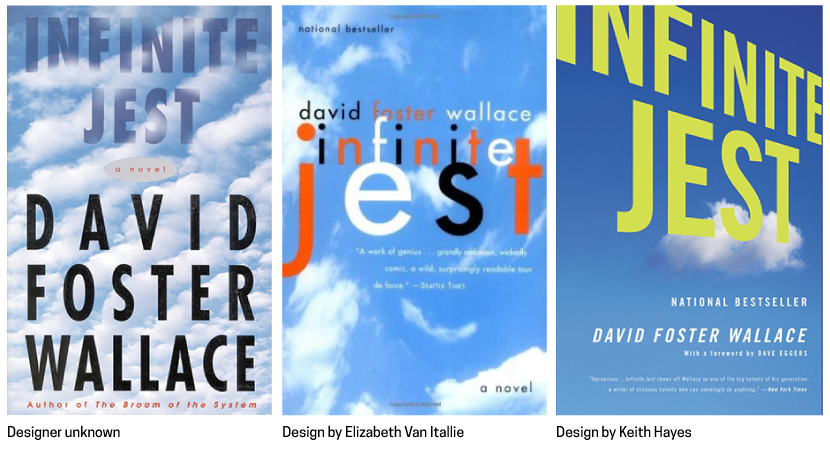
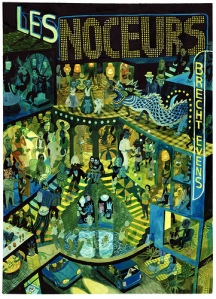
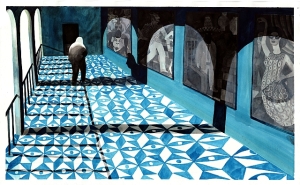
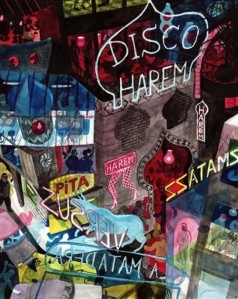
 Junot Díaz
Junot Díaz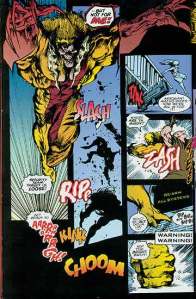
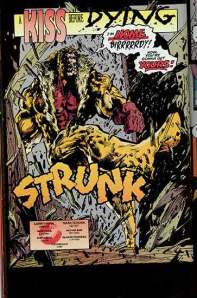
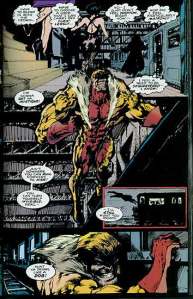
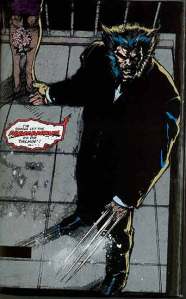
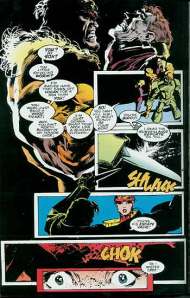
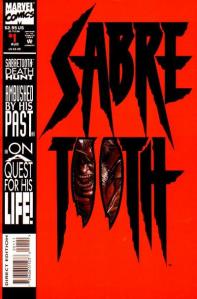

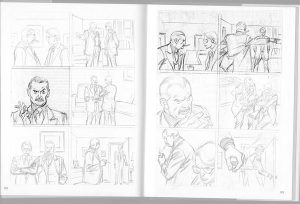

Recent Comments